Country Path Conversations
Studies in Continental Thought
EDITOR
JOHN SALLIS
CONSULTING EDITORS |
Robert Bernasconi | William L. McBride |
Rudolf Bernet | J. N. Mohanty |
John D. Caputo | Mary Rawlinson |
David Carr | Tom Rockmore |
Edward S. Casey | Calvin O. Schrag |
Hubert L. Dreyfus | Reiner Schrmann |
Don Ihde | Charles E. Scott |
David Farrell Krell | Thomas Sheehan |
Lenore Langsdorf | Robert Sokolowski |
Alphonso Lingis | Bruce W. Wilshire |
David Wood
Martin Heidegger
Country Path
Conversations
Translated by
Bret W. Davis

This book is a publication of
Indiana University Press
601 North Morton Street
Bloomington, Indiana 47404-3797 USA
www.iupress.indiana.edu
Telephone orders | 800-842-6796 |
Fax orders | 812-855-7931 |
Orders by e-mail |
Published in German as Martin Heidegger, Gesamtausgabe, volume 77:
Feldweg-Gesprche (1944/45)
1995 German edition by Vittorio Klostermann, Frankfurt am Main
Second edition 2005 by Vittorio Klostermann, Frankfurt am Main
2010 English edition by Indiana University Press
All rights reserved
No part of this book may be reproduced or utilized in any form or by any means, electronic or mechanical, including photocopying and recording, or by any information storage and retrieval system, without permission in writing from the publisher. The Association of American University Presses Resolution on Permissions constitutes the only exception to this prohibition.
 The paper used in this publication meets the minimum requirements of the
The paper used in this publication meets the minimum requirements of the
American National Standard for Information SciencesPermanence of Paper for
Printed Library Materials, ANSI Z39.48-1992.
Manufactured in the United States of America
Library of Congress Cataloging-in-Publication Data
Heidegger, Martin, 18891976.
[Feldweg-Gesprche (1944/45). English]
Country path conversations / Martin Heidegger; translated by Bret W. Davis.
p. cm. (Studies in Continental thought)
ISBN 978-0-253-35469-3 (cloth : alk. paper) 1. Philosophy. 2. Imaginary conversations.
I. Title.
B3279.H48F4713 2010
193dc22
2010004591
1 2 3 4 5 15 14 13 12 11 10
CONTENTS

Translators Foreword

The present volume is based on a set of manuscripts which Heidegger wrote in 19441945, but which he did not publish during his lifetime apart from an excerpt from the first conversation (discussed below). Heidegger did make plans, however, for this trilogy of conversations to be published in his collected worksor rather, as his motto for the collection has it, in his ways, not works (Wege, nicht Werke)and these intentions were fulfilled when Feldweg-Gesprche (1944/45) was first published, posthumously, as volume 77 of the Heidegger Gesamtausgabe. Country Path Conversations is a translation of that volume.
Many of the basic contours of Heideggers later thought were first sketched out in the voluminous collections of private meditations that make up Contributions to Philosophy and its sequel volumes, which were composed during the years leading up to Country Path Conversations, that is, between 1936 and 1944. Common sense is all too quick to condemn as unintelligible what it cannot immediately understand on its own terms, and all too quick to neutralize and trivialize what it can. Nevertheless, while in those private manuscripts Heidegger also writes to be someday read and understood, at least by the few and the rare, even the most careful reading of many of the esoteric meditations in those volumes can sometimes leave one with the sense of having eavesdropped on a solitary thinkers struggle to make sense of his own emerging and evolving thoughts, rather than having been addressed by a writer endeavoring to invite others onto his path of thinking.
By contrast, Country Path Conversations was written precisely at a point when Heidegger had rounded the bend of the major turns in his thought-path, and it can be read as a fresh attempt to more openly conveyor rather, to more dialogically or conversationally unfoldthe way of thinking he had found.), the literary form of Country Path Conversations would be vital to the furthering of Heideggers path of thinking, and not simply a heuristic device used to communicate thoughts which had already been worked out privately.
In any case, while no less profound in content than his volumes of solitary meditations from the previous decade, and while at times as deeply enigmatic (indeed, abiding with what is essentially enigmatic is
The first and longest conversation is exemplary in this regard. It takes place between a Scientist, a Scholar, and a Guide, and it is precisely the interplay between these three distinct characters that moves their triadic conversation along.of established modern concepts. The Scientists frank obstinacy and at times impatient eagerness for clarity contrast withand complementthe Guides radical yet guarded suggestions; and both are mediated by the contributions of the learned Scholar, who seeks to cautiously follow up on the Guides indications by relating them back to the history of philosophy. All three characters thus play indispensable roles in the conversational movement of the text. The Guide suggestively indicates the way, the Scholar provides erudite footing and cautions patience, and the Scientist repeatedly demands clarity and sometimes stubbornly drags his feet. But it is often precisely because the Scientist asserts familiar modern and scientific platitudes, and insists on clear explanations for unfamiliar (radically new as well as old and forgotten) ways of thinking, that we find ourselves drawn into and kept involved in the conversation. Indeed, let us confess that the Scientist often provocatively raises precisely the objections, or pointedly asks just the questions, that many of usHeidegger scholars as well as first-time readersat times find ourselves wanting a response to!
A significant excerpt from Country Path Conversations is already familiar to readers of the later Heidegger. In 1959, in a small volume entitled Gelassenheit, an abbreviated and slightly modified version of the climactic sections of the first conversationapproximately one-fourth of the entire conversation Although I have benefited from consulting this work, I have retranslated all the corresponding sections along withand in light ofthe original longer version of the conversation. In a few places where Heidegger modified these sections for the 1959 publication, I have inserted notes to alert the reader to what was altered.
Next page

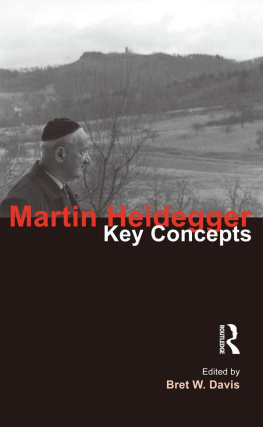
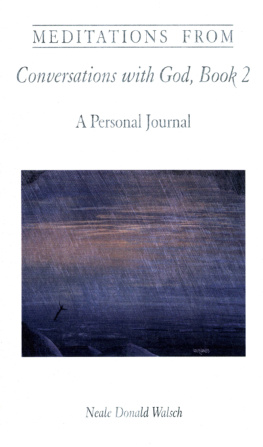

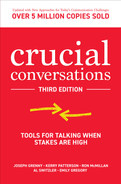

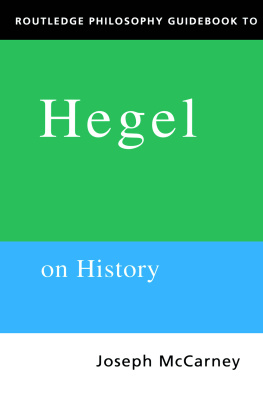
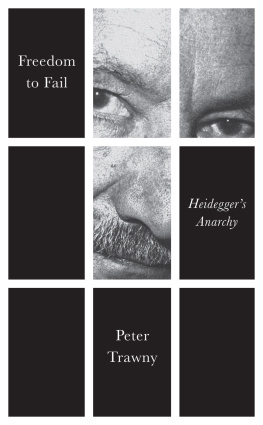

 The paper used in this publication meets the minimum requirements of the
The paper used in this publication meets the minimum requirements of the
